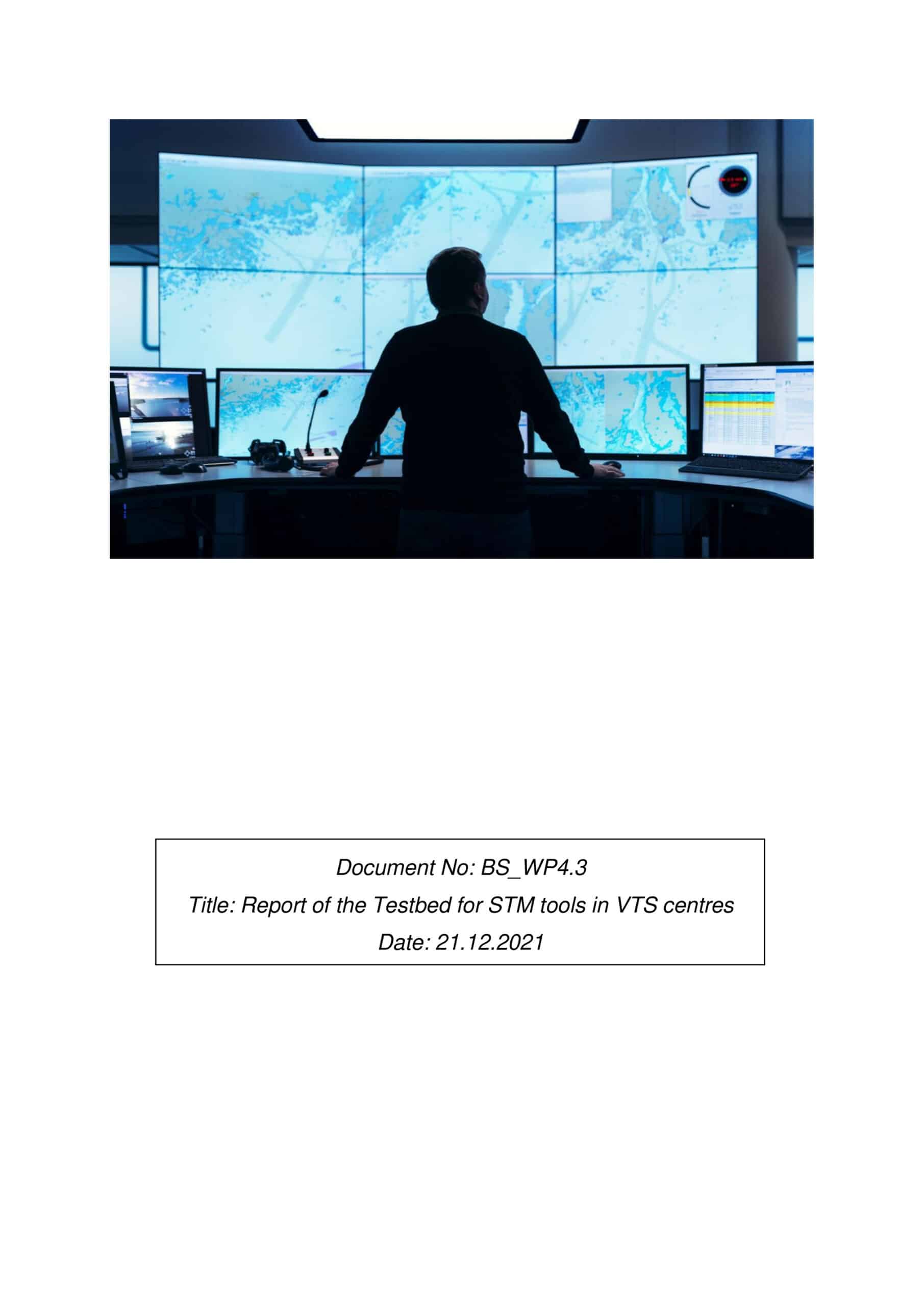STM BALT SAFE
Safety and accuracy of navigation
Narrow passages and very high traffic density on shipping routes always made the Baltic Sea vulnerable to accidents at sea. With many tanker and passenger crossing routes, the risk of accidents was high. Efficient exchange of information between ships, and between ships and shore was still missing. Common Sea Traffic Management (STM) was needed to enable maritime services to digitally exchange voyage plans of tanker traffic in the Baltic Sea.
Sea Traffic Management
STM services allow personnel onboard and on shore to make decisions based on real-time information. These services can help with more just-in-time arrivals, right steaming, reduced administrative burden and decreased risk related to human factors.
New digital services onboard and onshore
The shore centres needed new digital services to improve speed and accuracy of ship-shore information exchange. The exchange of information and integration of STM functionalities leads to the improvement of the overall situational awareness of traffic among tankers and shore centres around the Baltic Sea. The STM BALT SAFE project provided infrastructure and support for ships from other projects with existing or new STM functions.
Budgets
in numbers
-
4.38MillionTotal
-
2.69MillionErdf
-
0.00MillionEni + Russia
-
0.43MillionNorway
Achievements
Sharing route information between ships and traffic centres onshore
The STM BALT SAFE project continued developing the Sea Traffic Management (STM) solutions for Vessel Traffic Service (VTS) centres and ship crews. These solutions helped enhance the situational awareness of VTS operators and bridge officers, which leads to the improved safety and efficiency of tanker shipping and marine traffic in the Baltic Sea. A group of about a dozen VTS experts from Finland, Estonia, Russia, Sweden, and Norway participated in regular meetings and STM VTS Standard Operational Procedures were formed. Several Vessel Traffic Service centres from the partner countries were equipped with STM-compatible VTS systems. The STM capability was also added to the navigational equipment ECDIS (Electronic Display and Information System). The ECDIS was installed onboard several vessels in the partner countries. So, the vessels shared their voyage plans with the shore centres.
Route exchange is a huge advantage and the first step into future VTS management. The partners were in contact with shipping companies, and they and their ships were ready to share routes, which had not been the case some five years ago. It used to be seen as a business advantage to keep the voyage plan to yourself but companies saw an advantage to share and that was a great difference in culture.
Services for ships by shore centres
The shore centres learned to offer different enhanced monitoring services to ship crews in the sea. For example, VTS crosschecks the ships’ route plan at the latest when arriving at their VTS area. In case the route plan must be altered, VTS has a way to deliver Route Proposals to the ship in a ready-to-use format, that the ship officers can reject or accept and take to active monitoring. The VTS follows the ships’ travel and compares it against the actual voyage plan of the vessel, instead of against an educated guess based on historical statistics. The VTS predicts meetings in undesirable locations in the fairway area. This service also simulates the future movement of vessels that have not shared their voyage plans.
Outputs
(Onboard) Verification report and proposals for standard operating procedures
Testbed for STM tools in Vessel Traffic Service (VTS) centres

Prototype applications for ship reporting
Project Stories
Partners
Swedish Maritime Administration
- TownNorrköping
- RegionÖstergötlands län
- CountrySweden
- RepresentativeMagnus Sundström
- Phone
- E-Mail
- Web
Vessel Traffic Services Finland Ltd
- TownHelsinki
- RegionHelsinki-Uusimaa
- CountryFinland
- RepresentativeMika Nyrhilä
- Phone
- E-Mail
- Web
Maritime Administration of Estonia
- TownTallinn
- RegionPõhja-Eesti
- CountryEstonia
- RepresentativeAre Piel
- Phone
- E-Mail
- Web
Norwegian Coastal Administration
- TownHaugesund
- RegionRogaland
- CountryNorway
- RepresentativeJon Leon Ervik
- Phone
- E-Mail
- Web
RISE Research Institutes of Sweden AB
- TownBorås
- RegionVästra Götalands län
- CountrySweden
- RepresentativeJohannes Hüffmeier
- Phone
- E-Mail
- Web
DNV GL
- TownHøvik
- RegionOslo
- CountryNorway
- RepresentativeSteinar Låg
- Phone
- E-Mail
- Web
-
Project managerUlf SiweSwedish Maritime Administration
-
Legal representativeKatarina NorénSwedish Maritime Administration
-
Financial managerAnna WeidingSwedish Maritime Administration
-
Communication managerUlf SiweSwedish Maritime Administration






